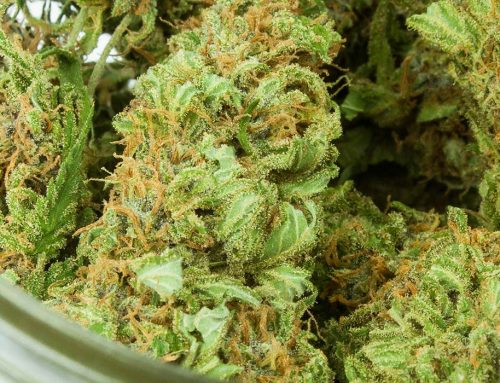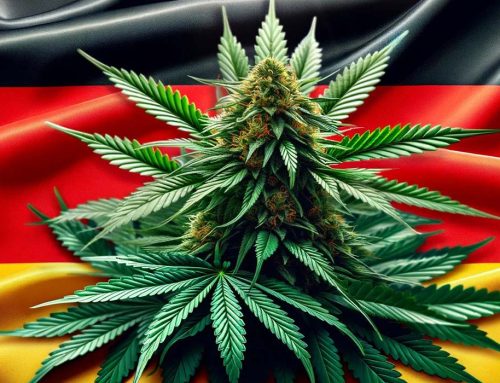In early June in Geneva, a committee of the World Health Organization presented a report on its globe-spanning scientific research on marijuana. The research covers the therapeutic use of CBD, plant and resin, extracts and tinctures, delta-THC, and Isomers of THC. The verdict: marijuana and CBD are relatively safe, and they are being widely used to treat various ailments, including anxiety, depression, nausea or lack of appetite, pain, and seizures.
The research shows that CBD “is generally well tolerated with a good safety profile.” It also “exhibits no effects indicative of any abuse or dependence potential.” And lastly, CBD has been “demonstrated as an effective treatment of epilepsy in several clinical trials.” The report notes the clinical success of Epidiolex, the brand name of a CBD drug that has recently been approved by the FDA for treatment of Lennox-Gastaut and Dravet syndromes, two severe forms of epilepsy. In short, CBD is harmless and has shown to be effective in treating some conditions. The implied message to the governments that still ban CBD is clear.
The cannabis plant, in turn, is an “effective analgesic.” There is enough evidence from clinical trials to conclude that cannabis can be useful to treat pain. Cannabis has also shown itself to be effective at stimulating the appetite among those suffering from HIV/AIDS. Scientific information is lacking, however, on the effectiveness of cannabis in treating other conditions, including anxiety, autism, depression, opioid withdrawal, and PTSD. This is not to say that cannabis is ineffective—just that currently there is little or no research available.
More scientific research is needed
The report notes that although the plant is getting recommended more often around the world, two factors contribute to a shortage of double-blind scientific research that may verify clinical results. One is that marijuana remains illegal in much of the world, most notably in the United States, making it very difficult to fund scientific studies. The other is that marijuana has a noticeable taste and smell, making it difficult to conceal from patients whether they are getting the drug or the placebo.
Regarding extracts and tinctures, the report notes the “positive benefit to risk ratio in the use of nabiximols.” This liquid extract, an equal mix of CBD and THC, is being used in many countries to treat multiple sclerosis. Marijuana has also shown promising results in treating Parkinson’s disease. Extracts also showed effectiveness with treating pain and reducing the nausea and vomiting that accompany chemotherapy.
In summary, the report reflects positively on CBD and marijuana as having low medical risk and a number of demonstrated benefits. While scientific data is lacking regarding certain uses, research may yet confirm that marijuana helps with some conditions for which it is already being used. According to the WHO, cannabis in its various forms has proven itself as a safe and effective treatment for several medical conditions. In the carefully worded language of medical literature, the WHO, as an agency of the United Nations, is making a recommendation on the medical uses of CBD and marijuana to the nations of the world.
What do you think? Will more nations allow for medical research into marijuana or legalize medical marijuana? Leave a comment below.






